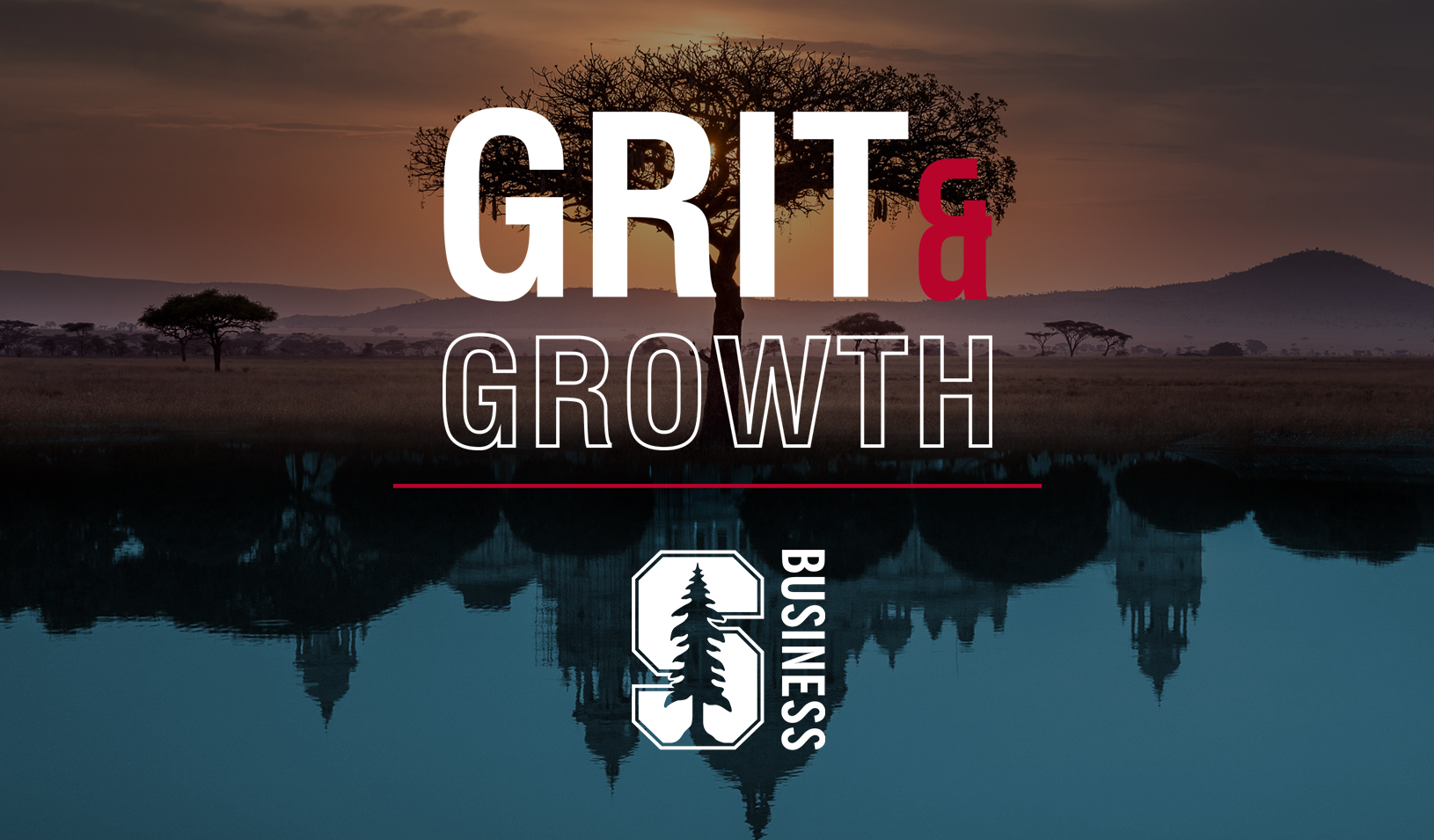Startups Need a Special Learning Curve for Sales
Researchers suggest a more measured approach to market development could reduce startup flameouts.
September 01, 2006
Getting a product from the back of a napkin to the customer is the dream of every entrepreneur. Yet young companies typically go to market and ramp up a sales force before they are really ready, which means they inevitably burn through cash, fail to meet revenue expectations, and sometimes go under altogether.
Before a new company can sell its product efficiently, the entire organization needs to learn how customers will acquire and use it—and modify the product, marketing, and sales approach accordingly. It’s a process Stanford faculty members Mark Leslie and Charles Holloway, writing in a recent article in Harvard Business Review, have identified as “the sales learning curve,” or SLC to business insiders.
“When you finish product development, you actually have to go through a market development cycle,” explains Leslie, a lecturer at the Stanford Graduate School of Business and the founder and former chairman and CEO of Veritas Software. “The idea is that the more you talk to customers, and the more product and market problems you solve, the more productive your sales staff will be.” Adds Holloway, “It’s too late to get involved in sales strategy when you notice a gap between what you think your salespeople should be selling and what they actually are selling.”
Rather than overstaffing a sales force up front and saddling it with unrealistic performance expectations — a typical mistake most new firms make — entrepreneurial managers should initially employ only a small cadre of salespeople and allow them to work with customers and product developers to smooth out the kinks that are likely to occur once that brilliant new product is operating in the real world. “At this stage you should also be looking to hire salespeople who are comfortable with ambiguity,” says Holloway, the School’s Kleiner Perkins Caufield & Byers Professor of Management, Emeritus.
The sales learning process, say the researchers, involves all parts of the company from the executives to the engineers to the marketers to the salespeople. On the engineering side, the learning curve in, for instance, a software business involves discovering what product features may be incomplete, how installable the software is, and how well it interfaces with new systems. Market learning includes figuring out how to properly position the software, find its true niche, and prove that it will provide the return on investment promised. For the sales force, the task is to hammer out the general guidelines for identifying, communicating with, and selling to any customer.
It’s a process some of the more established companies also have had to deal with. “A few years ago at Hewlett-Packard, the marketing people did studies with real consumers on a new printing product,” Holloway says. “They found that there were about 25 showstoppers, which meant no one was going to buy it. They took it back to their engineering development group to solve all of the problems.”
The information gathered through the sales learning curve period incrementally improves a startup’s product, positioning, and sales model. “As this happens, sales yields rise until salespeople are finally making a positive marginal contribution to the company,” says Leslie. “At that point you can start hiring faster.” Holloway adds, “You can also bring on a different kind of salesperson — one who is more familiar and comfortable with traditional sales mechanisms and models.”
Leslie stresses that such planning and analysis using the sales learning curve during the go-to-market stage will result in significantly less wasted time and money. “The time to break even will be a little further out, but the cash to break even will be much less,” he says. “You won’t be wasting money, for example, on expensive salespeople who are not producing what you hoped.”
The concept of the sales learning curve is proving to resonate with many who have had experience forming or funding start-up companies, report the researchers. “I’ve been evangelizing about it for several years in Silicon Valley and am seeing it applied with success in numerous companies,” says Leslie. As it catches on, the curve on the SLC will indeed be a steep one.
For media inquiries, visit the Newsroom.
Explore More

Pivot, Adapt, Grow: Building a Fashion Brand in Kenya



